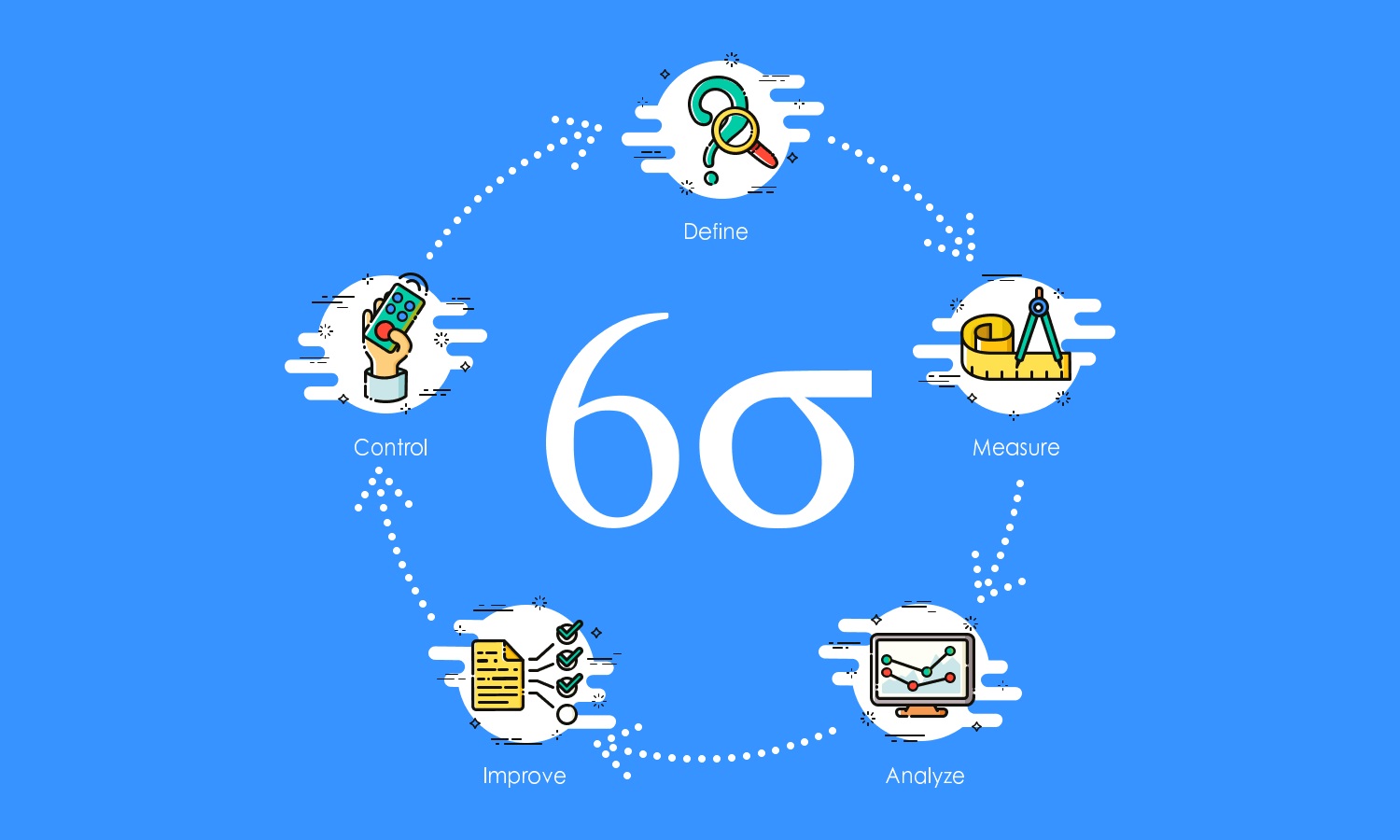Albuquerque Residents - Learn Lean Six Sigma’s History Here
Free Quote

Many people have been thinking about Lean Six Sigma for the past 13 years, and we are probably falling short on the number. After all, the methodology has proven to be a great tool to find problems and solve them so companies can improve and grow. As long as you are able to apply LSS principles and structures, this method can be used in any project, so it can benefit individuals and practitioners just as a company or organization. However, this will require a lot of time and training. Lean Six Sigma Curriculum for Albuquerque High School Students of New Mexico’s goal is to provide all information about the methodology so that individuals, institutions, companies, and organizations can make informed decisions, and we start with its history.
Lean 6 Sigma, unlike what many believe, originated in the USA, and it is a combination of Japanese management principles, mainly, Lean and Six Sigma.
Kaizen, the Japanese influence on Lean Six Sigma, helped Japanese companies reach new heights by improving processes and reducing waste, which made USA companies fall behind back in the 80s.
Kaizen is unique in that it emphasizes small, positive improvement and reduces time spent on redundant tasks.
LSS was born out of the Japanese industry’s competition in the 1980s for this very reason: American companies weren’t able to reduce waste and compete with Japan.
For it, addressing issues required a methodology they could implement, and they adapted and combined Lean and 6 Sigma to obtain it.
How Did Lean Six Sigma Begin?
When studying LSS, it is crucial to understand the differences between Six Sigma & Lean. It is incorrect to assume that the main methodology we are addressing is a simple combination of the last two.
Lean’s structure and principles and its emphasis on customer satisfaction and waste reduction helped many companies achieve better results in their production phase back in the 40s.
It is possible to trace Lean back to Toyota and how it was integrated into Toyota Production System (TPS). John Krafcik was once a student of the founder of Toyota and was searching for a name that would describe the TPS system.
He wrote down the differences between Toyota’s system and traditional mass production on a whiteboard. He concluded that Toyota’s system requires less of everything in order to create value, and he came up with the concept of Lean.
John concludes by describing Lean, which focuses on reducing waste as well as non-value-added activities.
Lean is built on its principles and foundations and the need to understand your customer as it is key to having the waste stream and value stream of all processes.
Six Sigma, an American-based method that dates back to the 1980s, is next. Motorola was Six Sigma’s original inventor, just a few years prior to LSS.
Motorola could not compete with foreign companies during its initial days, which is why Motorola’s CEO Bob Galvin set a goal of achieving tenfold growth within five years. This was when 6 Sigma began to play an important part.
His plan was to promote global compatibility and participative management as well as quality improvements and global competition. Motorola quickly adopted six Sigma as the standard for all business processes since it has been proven to increase cycle times and produce better results.
Six Sigma is an excellent addition to Lean. It complements the missing components of focusing on problems and finding solutions, and LSS was created when the principles of both Lean and Six Sigma were combined.
However, the latter offers more solutions to the gaps in processes and all structures of the two methodologies combined, which is why it is safe to say it isn’t a simple combination of the two.
Then, What Is Lean Six Sigma?
LSS has been used in many different ways throughout history. It’s designed to improve productivity and efficiency and reduce waste.
It’s great to be able to comprehend the principles and solutions of Lean, Kaizen, and Six Sigma. This will help you to see both the advantages and disadvantages of LSS.
Lean allows employees and companies to better understand customers and prioritize their needs. To achieve perfection, they can also concentrate on the company’s value stream and processes.
Six Sigma is dedicated to excellence and an environment that promotes efficiency and clean operations. Six Sigma is committed to innovation and continuous improvement, in particular.
Kaizen, a 5-part system, promotes customer satisfaction as well as teamwork. It encourages self-discipline, morale improvement, and quality circles.

Because LSS is built around these methods, but essentially the first two, Lean Six Sigma is a tool that can be used by both students and businesses for the following reasons:
- Learn how to reduce waste.
- Increase efficiency.
- Reduce errors.
- Reduce risk.
- Learn and improve time management.
- Lower costs translate into higher revenues and better wages.
- Motivate employees.
- Leadership and innovation are fundamental concepts that can both be established within a company or an individual’s mind.
Lean Six Sigma Training in Albuquerque
Lean Six Sigma Curriculum Pros of Albuquerque is here to help everyone who wants to be part of the industry. This methodology is well-known for its history and operation, and we’re able to teach students of all levels, not just college students, how to incorporate LSS into their daily lives.
Business professionals, individuals, and schools interested in establishing a program are all welcome.
We want you to be a valuable asset for every company or place you work, as well as to your personal projects. We are here to help, so don’t hesitate to get in touch with us for more training and certification so you can have a new tool and skill in your curriculum.

